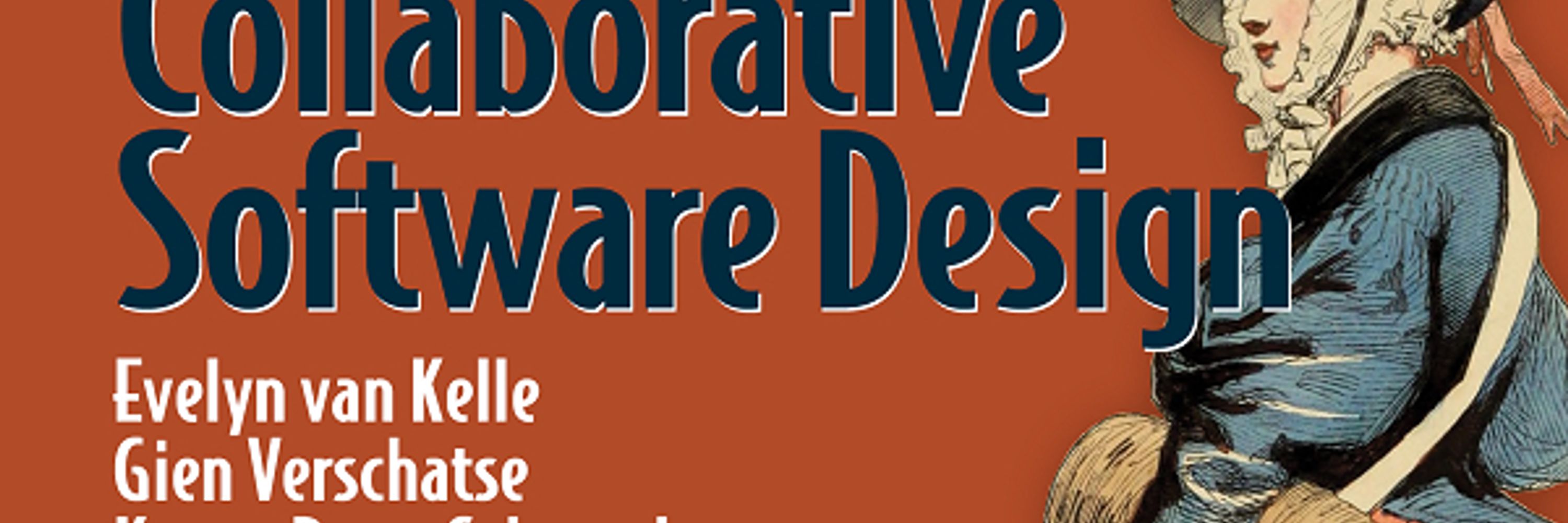Kenny (Baas) Schwegler
@kenny.weave-it.org
1.1K followers
630 following
490 posts
Co-author Collaborative Software Design: How to facilitate domain modeling decisions. Independent consultant & trainer specialised in technical leadership, software architecture, and #sociotechnical systems design. #DDD #TeamTopologies #DeepDemocracy
Posts
Media
Videos
Starter Packs
Reposted by Kenny (Baas) Schwegler
Reposted by Kenny (Baas) Schwegler
Reposted by Kenny (Baas) Schwegler
Reposted by Kenny (Baas) Schwegler
Reposted by Kenny (Baas) Schwegler










